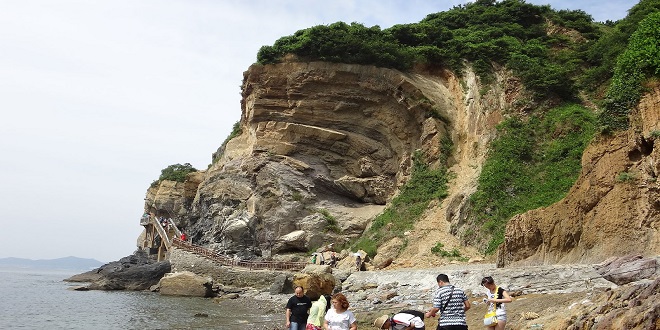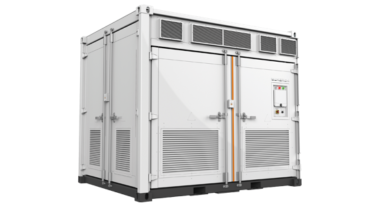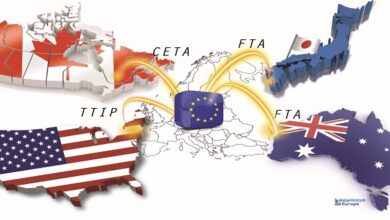An Introduction to Coastal Processes and Geomorphology

Beaches and, more generally, the coastal zone occur at the interface between the three major natural systems at the earth’s surface-atmosphere, ocean, and land surface. Processes operating in all three of these systems are responsible for shaping the coastal zone, and the interaction between the three different sets of processes makes the coastal zone an extremely dynamic one.
The coastal zone is also a zone of transfer of material from the land surface to the ocean system, with sediments eroded by rivers, glaciers, etc., being moved to the beach and nearshore, and ultimately some to the ocean floor. In some areas, the accumulation of sediments may add to the landmass.
add to the landmass. The focus of this book is on describing the physical processes that act to shape the coast and the landforms that make up the coast. As in any other branch of applied science, we can study these for their own interest, without the need to justify it in terms of potential benefits. However, in addition to its geomorphological significance, the coastal zone is particularly important from a human perspective.
Approaches to the study of coasts
Geomorphology encompasses the study of the landforms of the earth and the processes that form them, especially those that lead to the erosion, transport and deposition of sediments. The focus of coastal geomorphology is therefore on the morphology of the coastal zone and on processes such as waves, tides and currents that act to shape features as disparate as high rock cliffs, low coral atolls, and sandy beach and dune systems. Research in coastal geomorphology is greatly influenced by other fields of geomorphology, especially fluvial and aeolian geomorphology, and there is a common set of paradigms, instrumentation and methodology
Approach and organization
The book is organized into three sections. In Part I, following this introductory chapter, Chapter 2 provides some background on the scope of coastal geomorphology, some basic definitions and terminology, and an overview of the major factors controlling the appearance and development of coasts worldwide
Coastal Processes has five chapters that cover sea-level changes and processes associated with waves and currents that together act to transform the coast on a range of timescales. An understanding of these processes is also important for managing coastal hazards and human impacts on the coastal zone. It begins in Chapter 3 with an examination of the processes controlling sea level at temporal scales ranging from seconds to thousands and millions of years. Following this, Chapters 4 and 5 cover waves and wave processes





